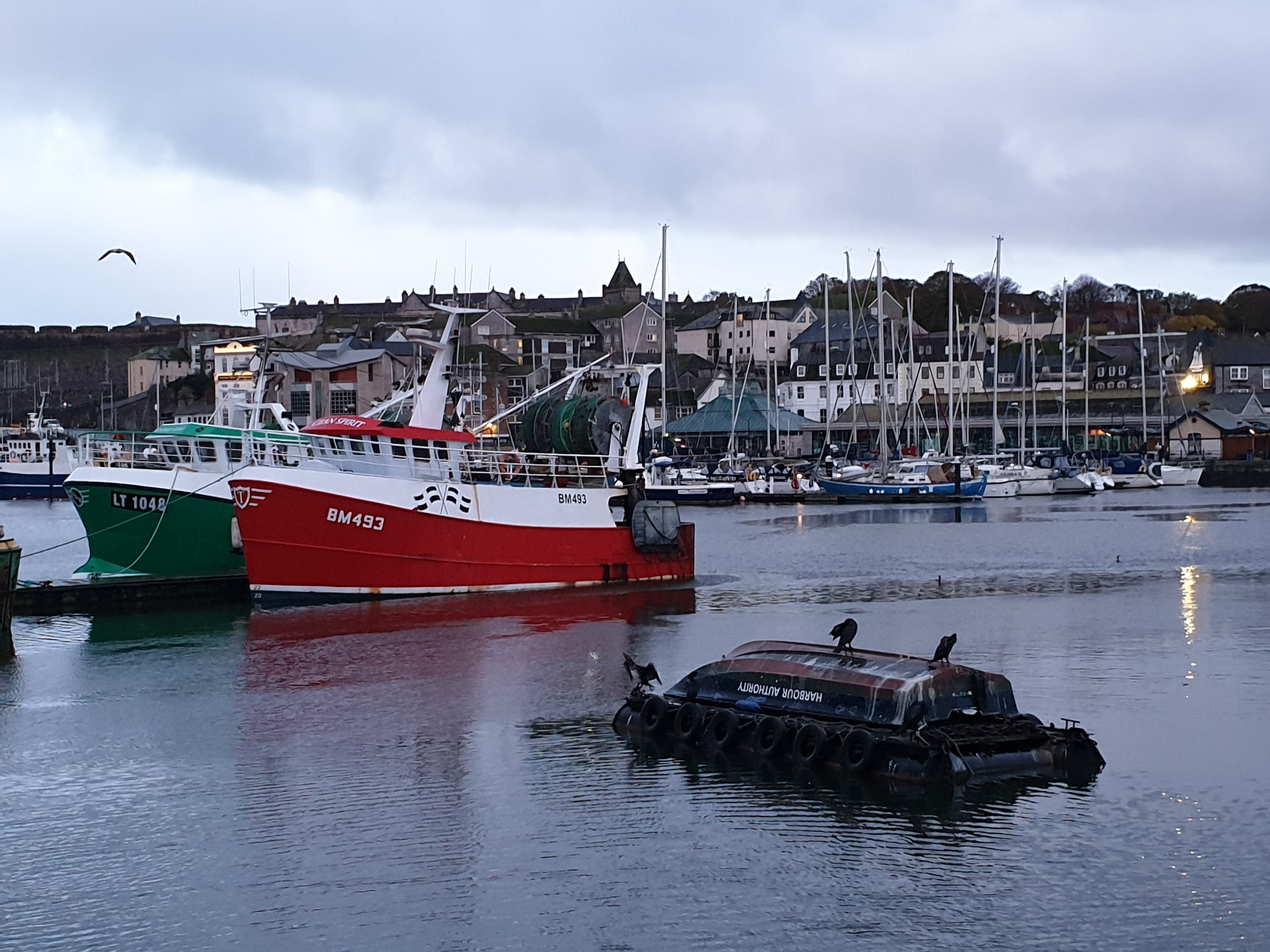(31 October, 2019, 3 November 2019)
For a week every year I am one hour closer to my friends and family in the USA. The time change is later there. To mark this, I agreed to continue my sunrise walks with Vige until Daylight Savings Time ended, so she could experience the change as well.
Halloween morning I took a break from packing for my trip to the Walking’s New Movements conference in Plymouth and dragged myself out of my flat for a sunrise walk. Instead of my usual Racecourse wander, I headed to the back alley behind my house, which somehow remained unexplored territory. Graffiti on a garage informed me that I’m free to do as I’m told. Gulls and crows screeched overhead, creating a memorable morning soundscape.
For Vige, the sunrise walk ‘fit in seamlessly with [her] morning routine’: a pre-work walk to the municipal swimming pool. She walked through puddles with her boots on, taking in the small details of the city; the streets were already ‘alive with activity’, everyone ‘getting ready for the day’.
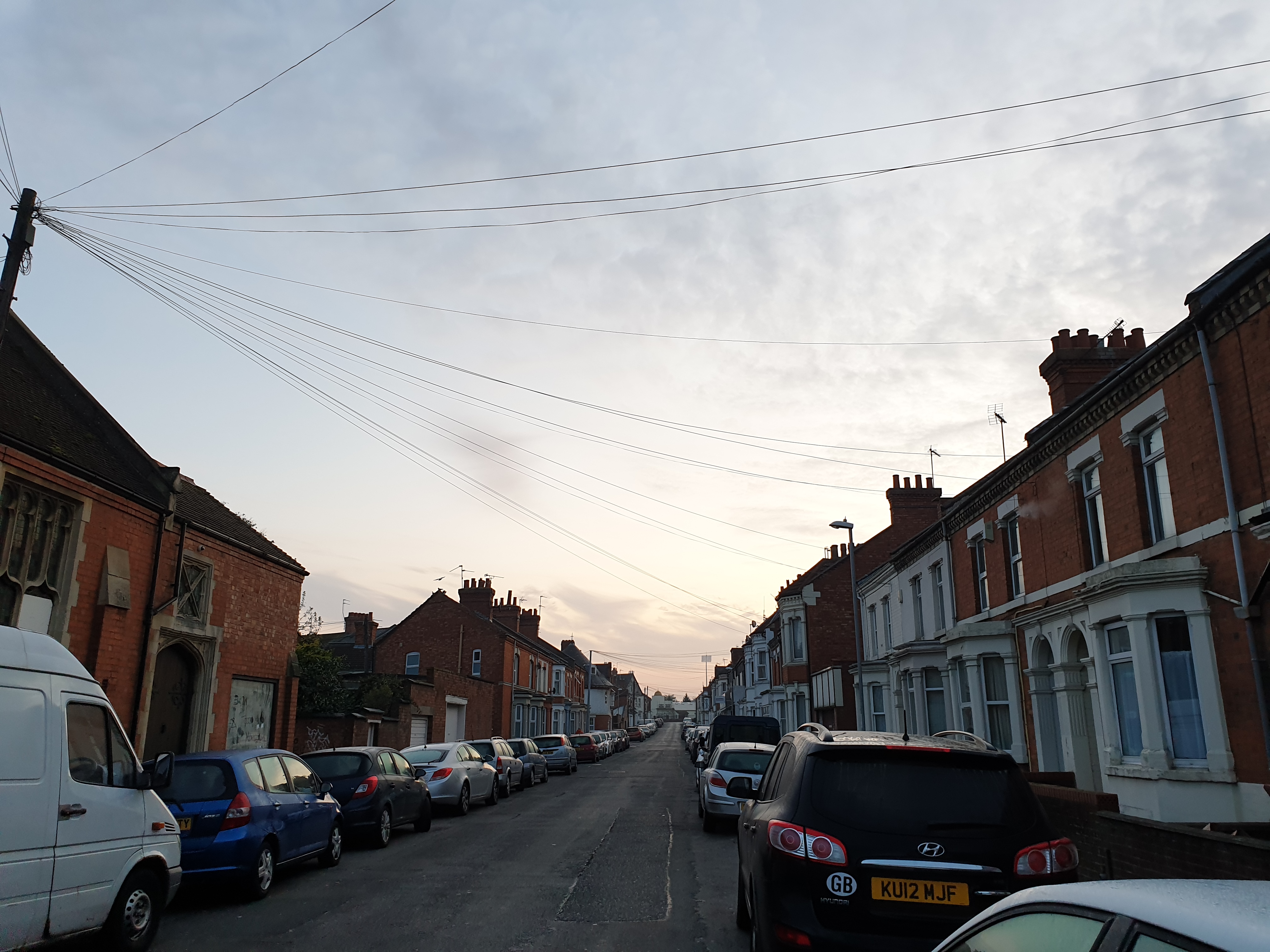


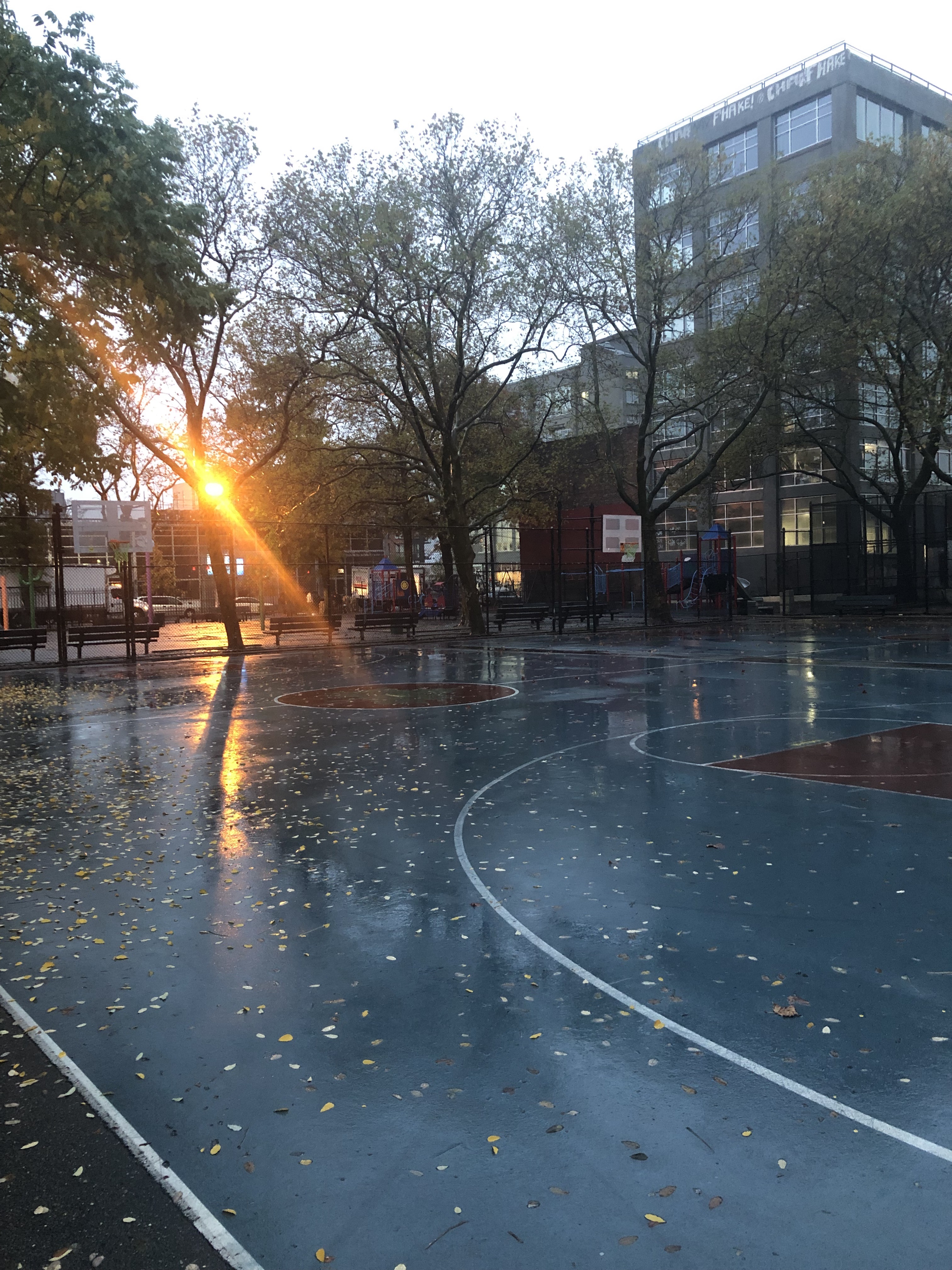
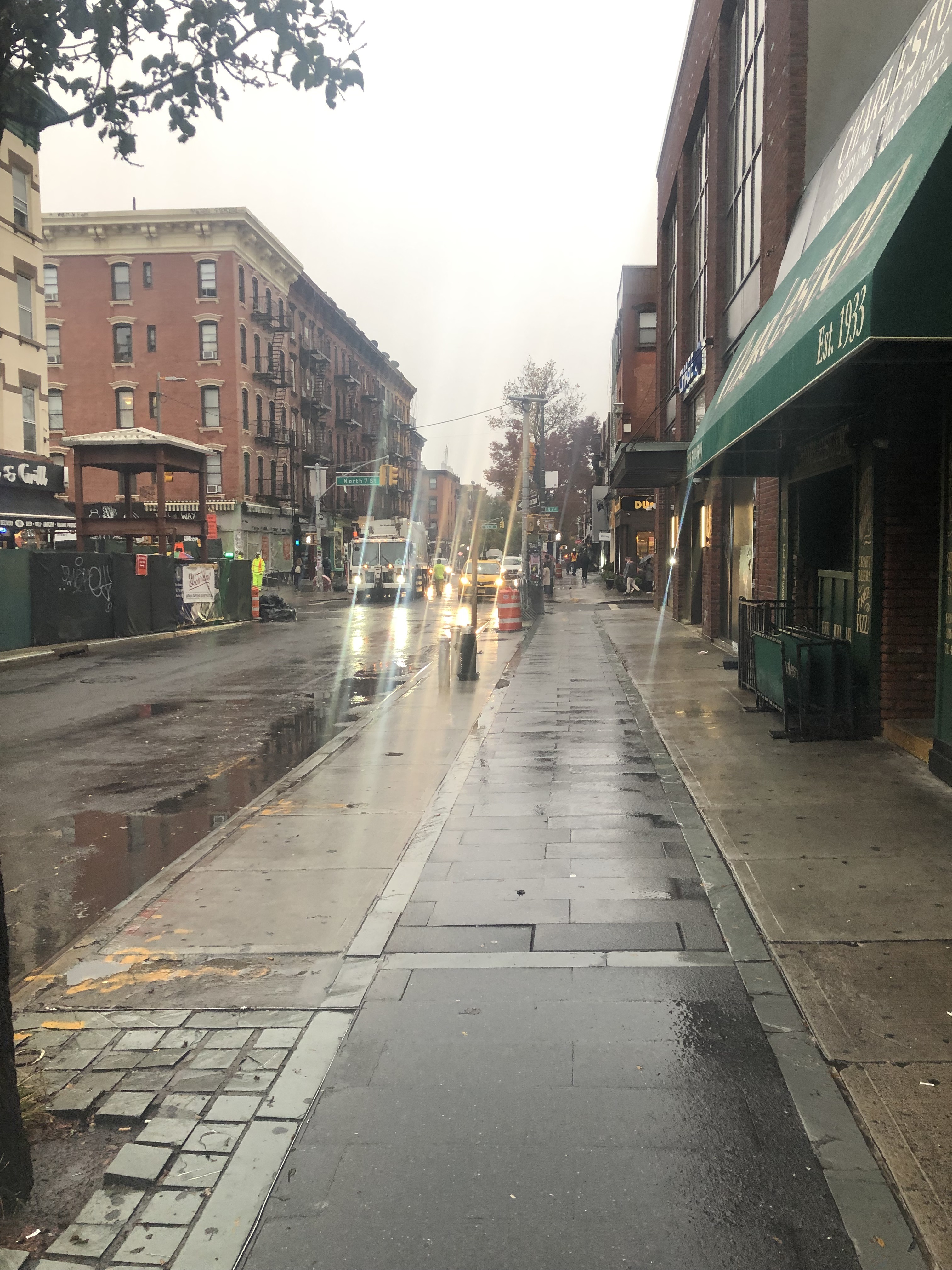
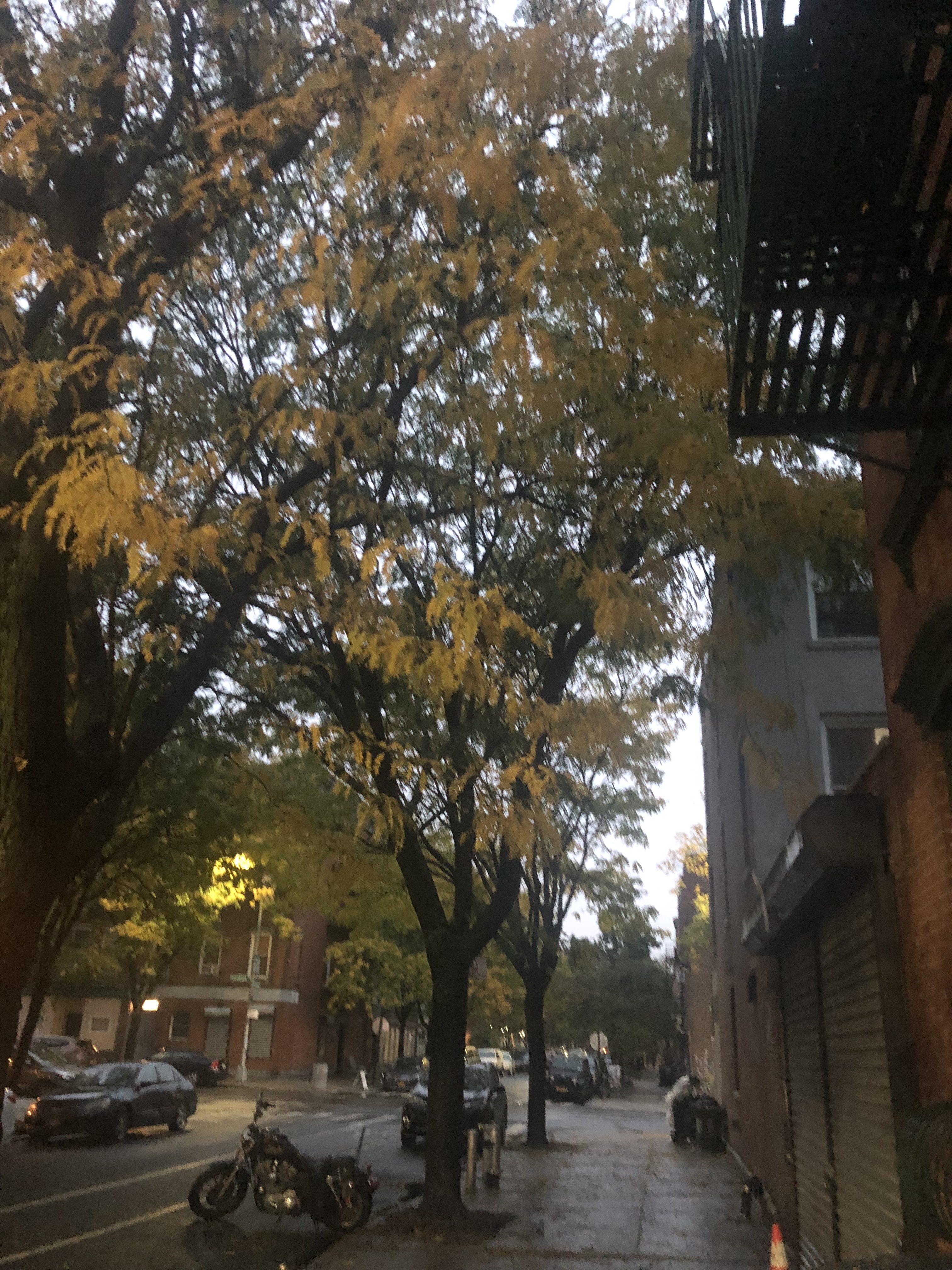
On 3 November the United States set their clocks back one hour. Vige had ‘fully intended to get up at 6:48’ and take her son out on a sunrise walk. Then she ‘thought about the actual mechanics of the time change’ and how it might affect his sleeping schedule. Instead of a walk, they fed and read together while the sun was rising. Later they enjoyed ‘one of the great walking days in NYC - the marathon’. Though she missed strolling the sunrise, her walk connected to an experience we have shared numerous times.
Earlier that morning I had walked the sunrise in Plymouth. Sally was at the conference too, and she dragged Chris out for another sunrise walk. Despite our proximity, we still walked at a distance, my town centre stroll never crossing the muddy rural footpath they followed away from town. Earlier that week another conference delegate had walked the surnise. Barbara sent me a picture of her sunrise walk at K’jipuktuk (the great harbour), also known as Halifax Nova Scotia. Though I had walked with Barbara at a distance previously, the conference was our first opportunity to meet in person.

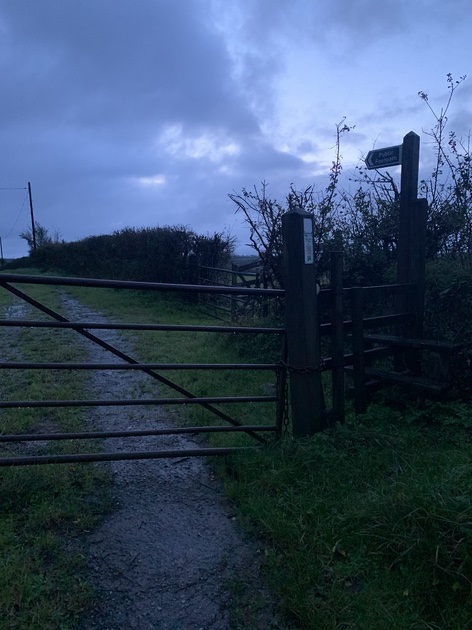
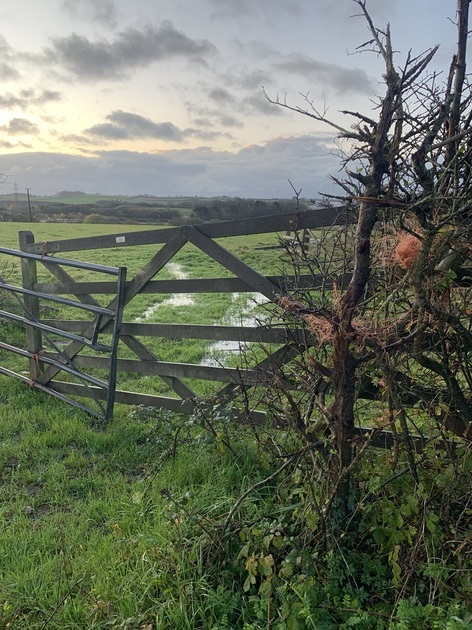
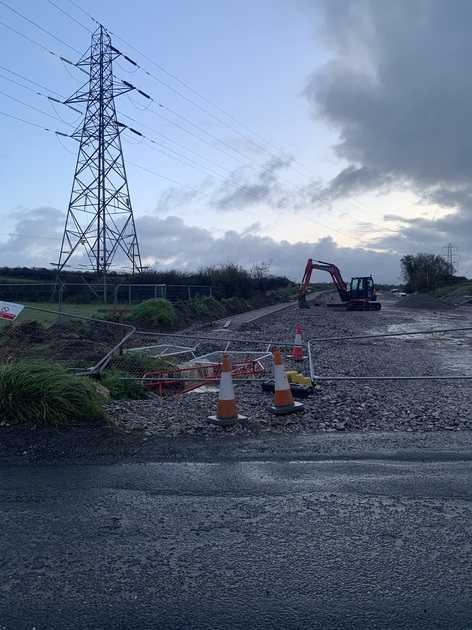
One of the most refreshing things about a walking art conference is not having to explain the premise of your work. I connected with friends, old, new and virtual, learned about their work, and enjoyed being immersed in a community of fellow walking artists. The common understanding fostered a spirit of celebration and support. It encouraged moments of inspiration and future collaboration, and made me feel less alone in my pursuit of this wacky walking art thing.
As the community continues to crystalise, however, I wonder how we can approach our work with more self-reflexive criticality. How can we interrogate our blind-spots as we celebrate our growing diversity? Are there people in our community that we consistently task with this role? How do we share that burden so no one ever has to be the conference crank? This challenge was made most visible by the conference’s only ‘manel’, which also happened to have the highest profile speaker of the event. As the room bulged with people eager to hear one of the forebears of walking art, the conference suddenly felt like a very polite fan convention. The questions, save one, hinged on revelry. I wondered how the women presenting in the other room felt, excluded from a key presentation (even if it wasn’t a keynote speech). It was all the more noticeable because it felt like an anamoly - despite the continued dominance of Heddon and Turner’s walking fraternity in the larger discourse, it was the only manel in Plymouth.
I enjoyed Walking’s New Movements, but it also made me desire a contrarian conference. A shadow conference, parallel to our conviviality. How can we organise a collective confrontation of walking’s invisible barriers to access? While I didn’t leave Plymouth with the answers to these questions, I left with the sense that our community is up to the task.

